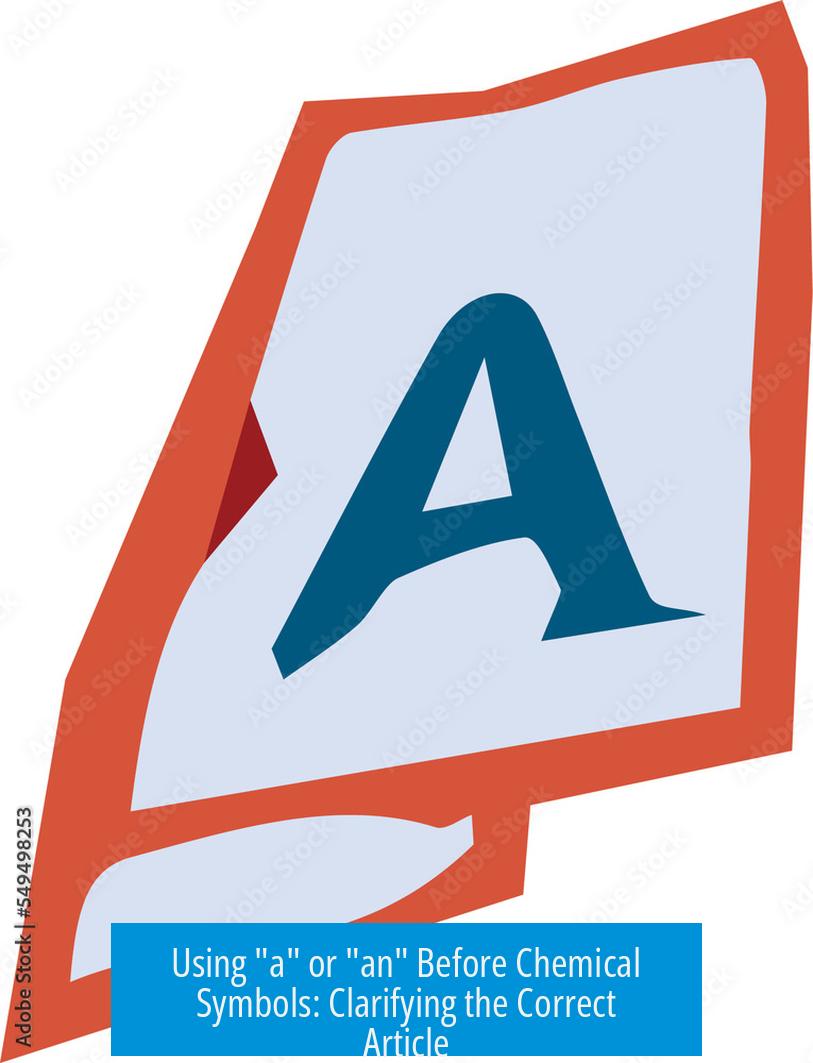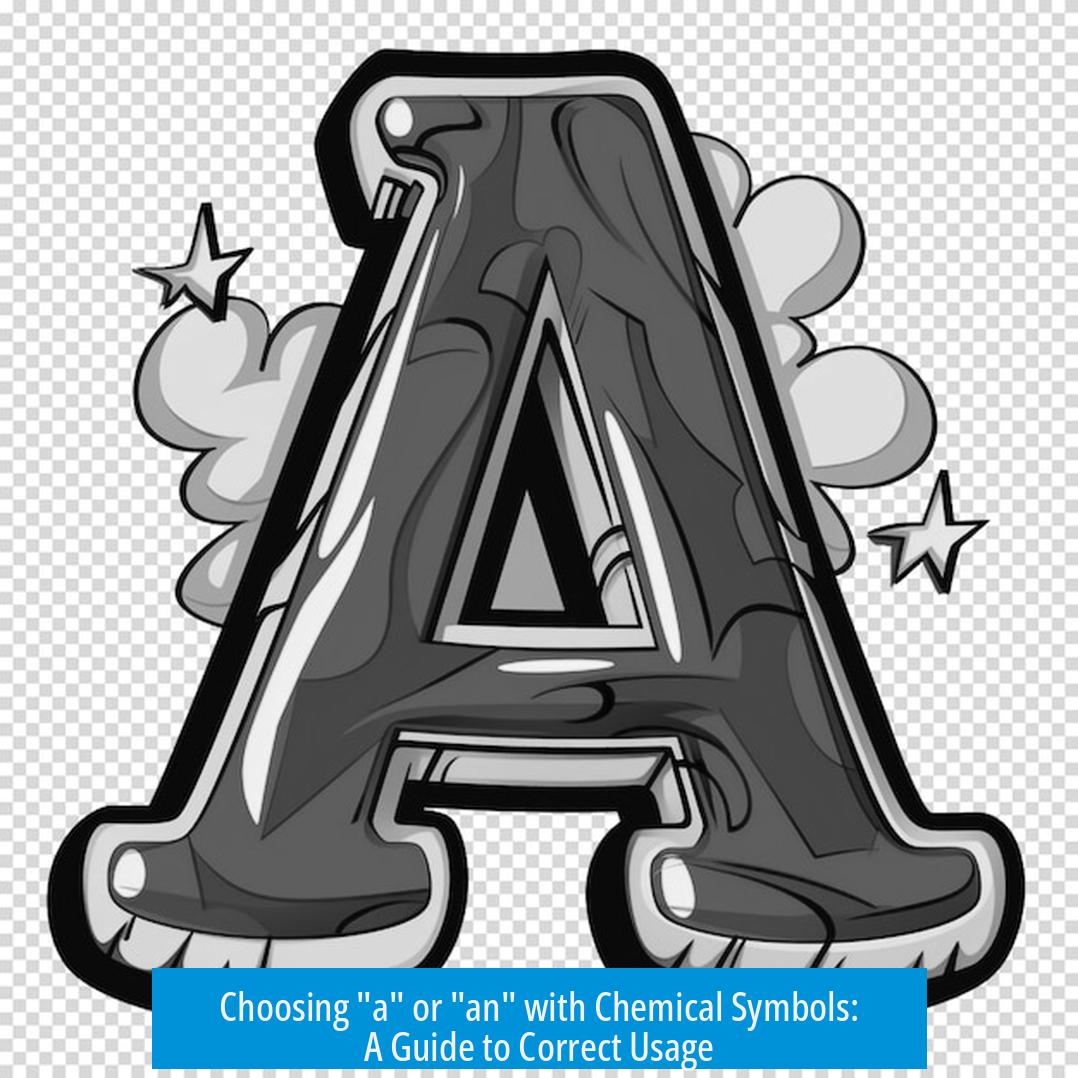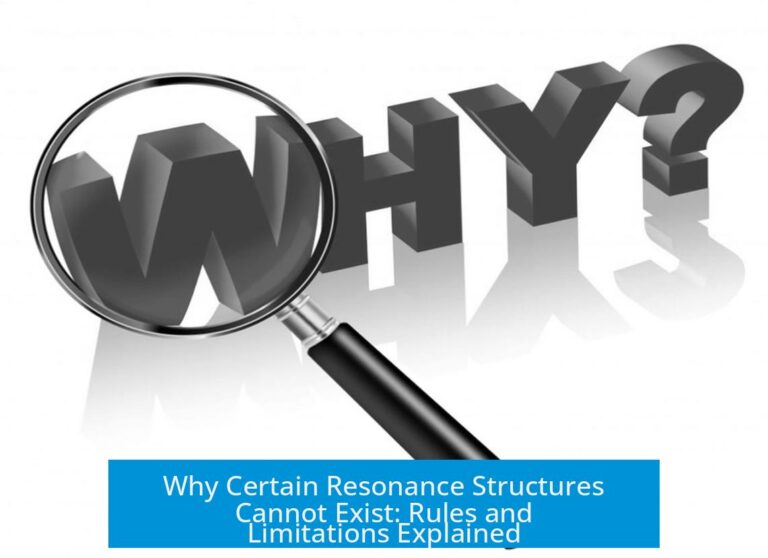Using “a” or “an” Before Chemical Symbols: Clarifying the Correct Article

The choice between “a” or “an” before a chemical symbol depends on the pronunciation of the element’s full name, not on the letters of the symbol itself. This principle guides proper usage in scientific and technical writing, ensuring clarity and consistency.
Understanding the Role of Articles with Element Symbols
Chemical symbols function as abbreviations representing element names. When reading or speaking, the symbol is typically vocalized as the element’s name rather than letter-by-letter.
For example, “Au” is read as “gold,” and “He” is pronounced “helium.” Therefore, the article before the symbol should align with the initial sound of the element name.
General Rule for Article Selection
- Use “a” if the element name starts with a consonant sound.
- Use “an” if the element name starts with a vowel sound.
This mirrors standard English article usage, where the sound, not the spelling, determines whether “a” or “an” is appropriate.
Examples Illustrating the Rule
| Chemical Symbol | Element Name | Initial Sound | Correct Article | Example Phrase |
|---|---|---|---|---|
| Au | Gold | Consonant | a | a Au electrode (a gold electrode) |
| N | Nitrogen | Consonant | a | a N-containing compound (a nitrogen-containing compound) |
| He | Helium | Consonant | a | a He–Ne laser (a helium–neon laser) |
| Ag | Silver | Consonant | a | a Ag electrode (a silver electrode) |
Addressing Complex or Ambiguous Cases
Some chemical symbols start with letters that differ in pronunciation from the element name or the letter itself. A notable example is hydrogen (H).
- If the symbol “H” is pronounced as the element name “hydrogen,” use “a” because “hydrogen” starts with a consonant sound.
- If the symbol is vocalized as “aitch,” the letter name starting with a vowel sound, “an” might be used (e.g., “an H atom”).
This duality requires context awareness and clarity of communication. The general recommendation is to prioritize how the element name is read aloud rather than the letter pronunciation.
Other elements like fluorine (F), neon (Ne), and magnesium (Mg) occasionally face this confusion, but the rule of pronouncing the element name stands firm.
Practical Tips for Article Usage with Chemical Symbols
- Read or say the element’s full name in your mind before selecting the article.
- If in doubt, adopt the pronunciation style preferred by your supervisor or the academic context.
- When writing formally, follow standard usage aligned with the element’s name and common pronunciation.
- Remember, chemical symbols act as placeholders—not words themselves.
Why This Rule Matters in Science Communication
Consistent article usage ensures clarity in scientific discourse. Misalignment between the article and the element sound can confuse an audience or imply unintended meanings.
For instance, “an Ag electrode” might confuse readers since “Ag” stands for silver, which begins with a consonant sound. Correctly writing “a Ag electrode” aligns article use with natural speech.
Common Misinterpretations
Sometimes, especially among non-specialists, article choice is made based on symbol letters rather than element names. This can lead to incorrect forms like “an N atom” based on the letter “N” rather than “a nitrogen atom.”
Chemists learn to identify elements by their names rather than symbols, which avoids such mistakes.
Summary of Key Points
- The article before a chemical symbol depends on how the element name sounds.
- Chemical symbols represent element names and should be treated as placeholders in pronunciation.
- “A” precedes elements starting with consonant sounds; “an” precedes those starting with vowel sounds.
- Ambiguity arises when letter names sound differently (e.g., “H” as “aitch”), and context drives article choice.
- In professional settings, prioritize natural speech and supervisor preferences for article usage.
Q1: How do I decide whether to use “a” or “an” before a chemical symbol?
Use the article based on the pronunciation of the element’s full name, not the letters of the symbol. For example, say “a Au electrode” because “gold” starts with a consonant sound.
Q2: What if the chemical symbol is pronounced starting with a vowel sound but the element name starts with a consonant?
Always follow the element name’s sound. Even if the symbol begins with a vowel sound when spelled out, use the article matching the element name’s initial sound.
Q3: Are there cases where it’s unclear whether to use “a” or “an” with chemical symbols?
Yes. For example, “H” can be read as “hydrogen” or pronounced “aitch.” Choose the article based on which pronunciation you follow or your audience’s preference.
Q4: Should I follow personal preference or supervisor guidance when using articles with chemical symbols?
When in doubt, follow how you would naturally say the element name. If ambiguity persists, defer to your supervisor or context requirements for consistency.
Q5: Why don’t we say “an N-containing compound” even though “N” starts with a vowel letter?
Because “N” stands for nitrogen, which starts with a consonant sound. The article matches the sound of “nitrogen,” not the symbol itself.





Leave a Comment